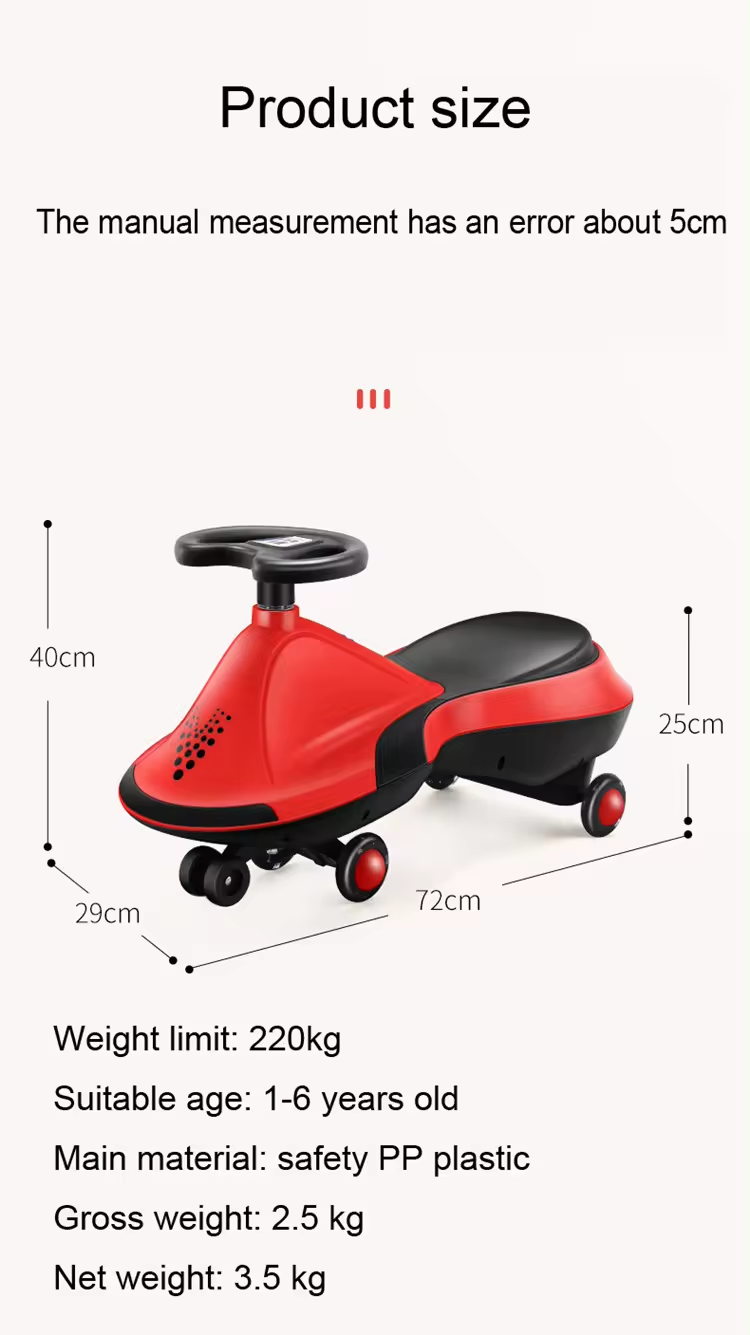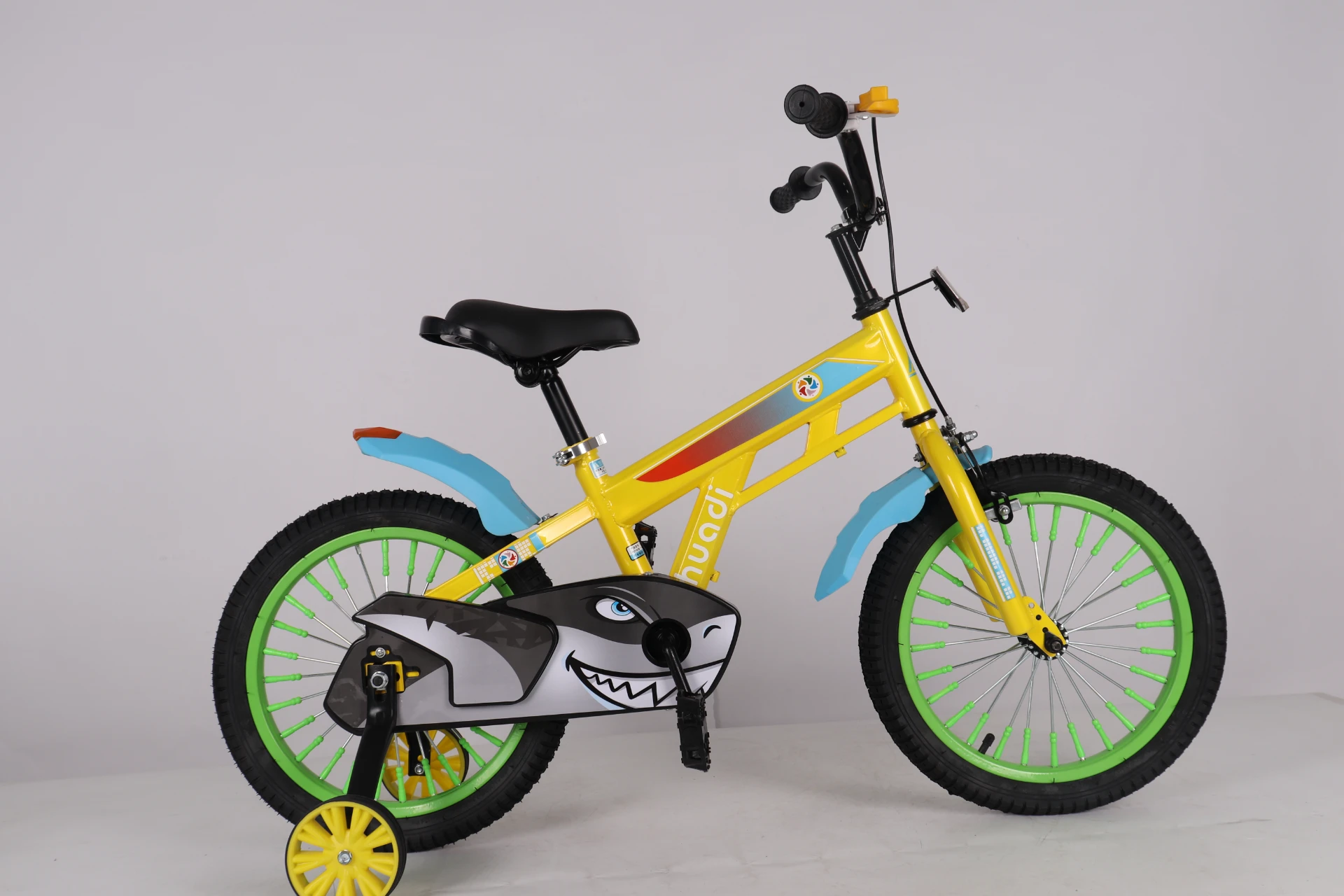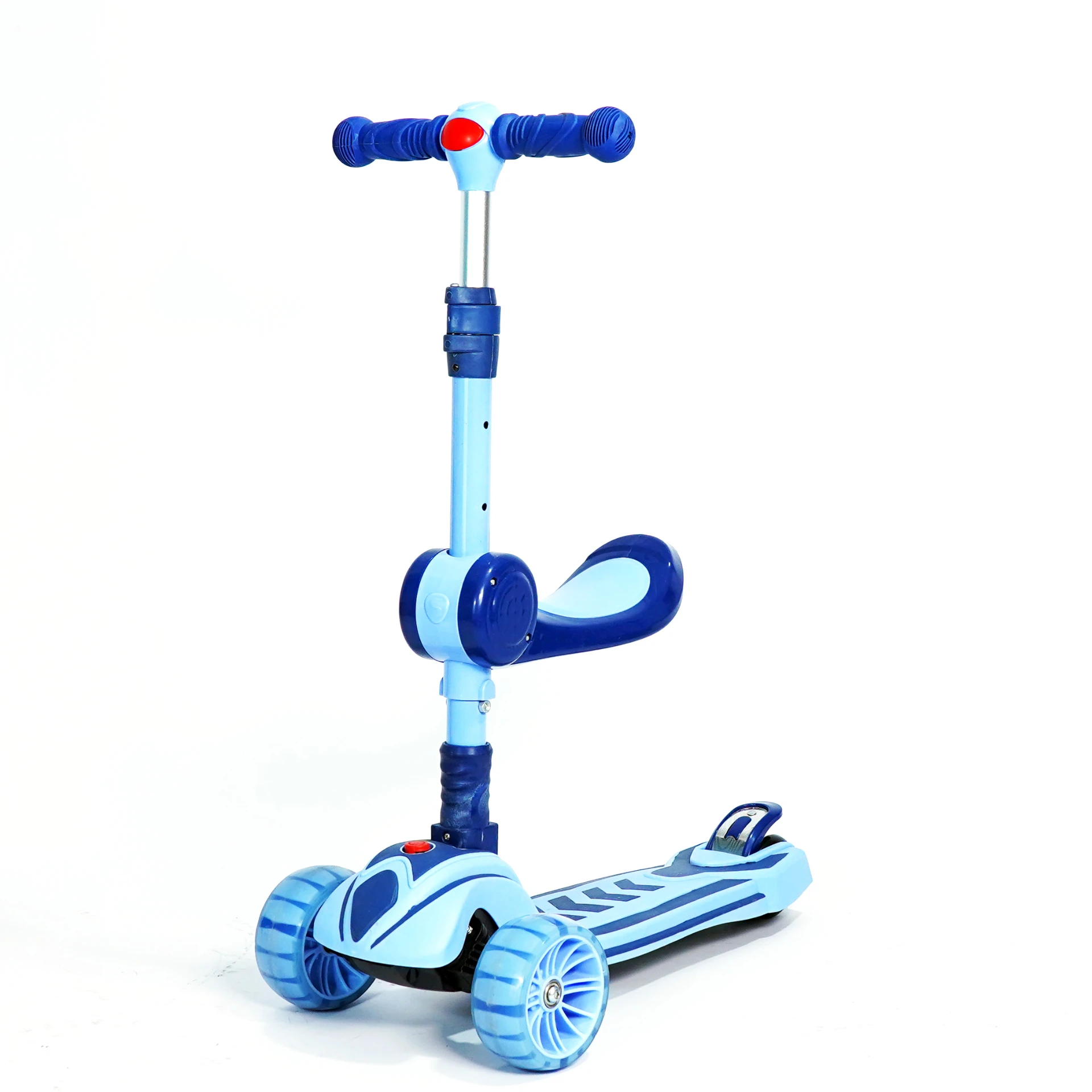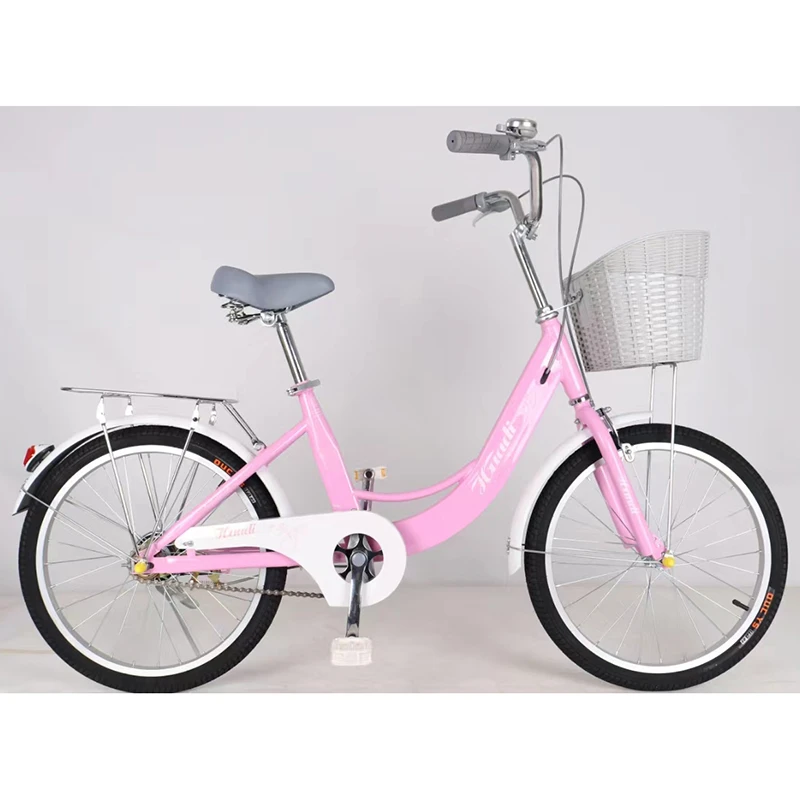Explore the Benefits of Balance Bikes for Kids' Development and Fun
The Benefits of Balance Bikes for Kids
Balance bikes are becoming increasingly popular as a first step toward teaching children how to ride a bicycle. Unlike traditional bicycles, which come equipped with training wheels, balance bikes offer a unique design that focuses on developing essential skills for future cycling. By understanding the benefits of balance bikes, parents can make informed choices about their child's cycling journey.
What is a Balance Bike?
A balance bike is a lightweight, pedal-free bicycle designed for young children, typically between the ages of 18 months and 5 years. Instead of pedals, these bikes allow kids to push themselves along with their feet, helping them learn balance and coordination without the fear of falling off a traditional bike. The seat height is adjustable, enabling kids to place both feet flat on the ground, which increases their confidence as they learn.
Developing Balance and Coordination
One of the primary advantages of using a balance bike is the emphasis on balance. As children glide along, they learn to steer and control their speed by shifting their weight. This process is crucial, as balance is one of the most challenging skills required when transitioning to a pedal bike. Children who start with balance bikes often progress to traditional bicycles much quicker than those who rely on training wheels.
Moreover, balance bikes help improve coordination and motor skills. Young riders must learn to coordinate their hand movements with their body, developing muscles and reflexes that are essential not only for biking but for various physical activities as well. This fundamental groundwork can translate into increased physical confidence, making kids more active overall.
Building Confidence
balance bike kids

Another notable benefit of balance bikes is the boost in self-esteem they provide. Learning to ride is an achievement, and balance bikes present a less daunting challenge than traditional bikes with training wheels. Children can start at their own pace, gaining confidence as they learn to balance and steer. As they gain these skills, they often feel a sense of accomplishment, which can encourage them to take on new challenges in other areas of their lives.
Safety Features
Safety is a major concern for parents when it comes to children's activities. Balance bikes are typically designed with safety in mind. Many models come with low frames that allow kids to easily get on and off, as well as brakes that are easy to operate. The absence of pedals means that children can quickly place their feet on the ground if they feel unstable, reducing the risk of falls. Additionally, balance bikes often feature solid tires, eliminating the need for air, which can enhance durability and reduce the likelihood of flats.
Environmental Benefits
In addition to the physical and emotional benefits for children, balance bikes can also contribute positively to our environment. By encouraging children to engage in cycling from an early age, parents help foster a love for biking that can lead to increased use of bicycles in the future. This can contribute to a reduction in car usage, thereby decreasing traffic congestion and pollution. Promoting cycling habits from childhood can be a positive step toward cultivating environmentally conscious individuals.
Conclusion
In conclusion, balance bikes serve as a fantastic tool for introducing young children to the world of cycling. With numerous benefits, including the development of balance and coordination, enhancement of self-confidence, and a focus on safety, balance bikes are a worthwhile investment for parents looking to equip their children with the skills needed for a lifetime of biking enjoyment. As children transition from balance bikes to traditional bicycles, they not only become skilled cyclists but also develop a healthy lifestyle and a love for outdoor activities. Choosing a balance bike is more than just selecting a toy; it's about laying the foundation for a fun and active future.
-
Unleash Your Adventurous Spirit with All Mountain BikesNewsOct.31,2024
-
The Perfect Ride for Your Little Ones: Kids TricyclesNewsOct.31,2024
-
The Joy of Riding: Quality Kids Mountain BikesNewsOct.31,2024
-
The Excitement of Kids Scooters – Choose Your Adventure!NewsOct.31,2024
-
Kids' Bikes: Find the Perfect Ride for Your Little OnesNewsOct.31,2024
-
Experience the Fun of Swing CarsNewsOct.31,2024
-
Why a Giant Bike for Kids is a Top ChoiceNewsOct.24,2024








